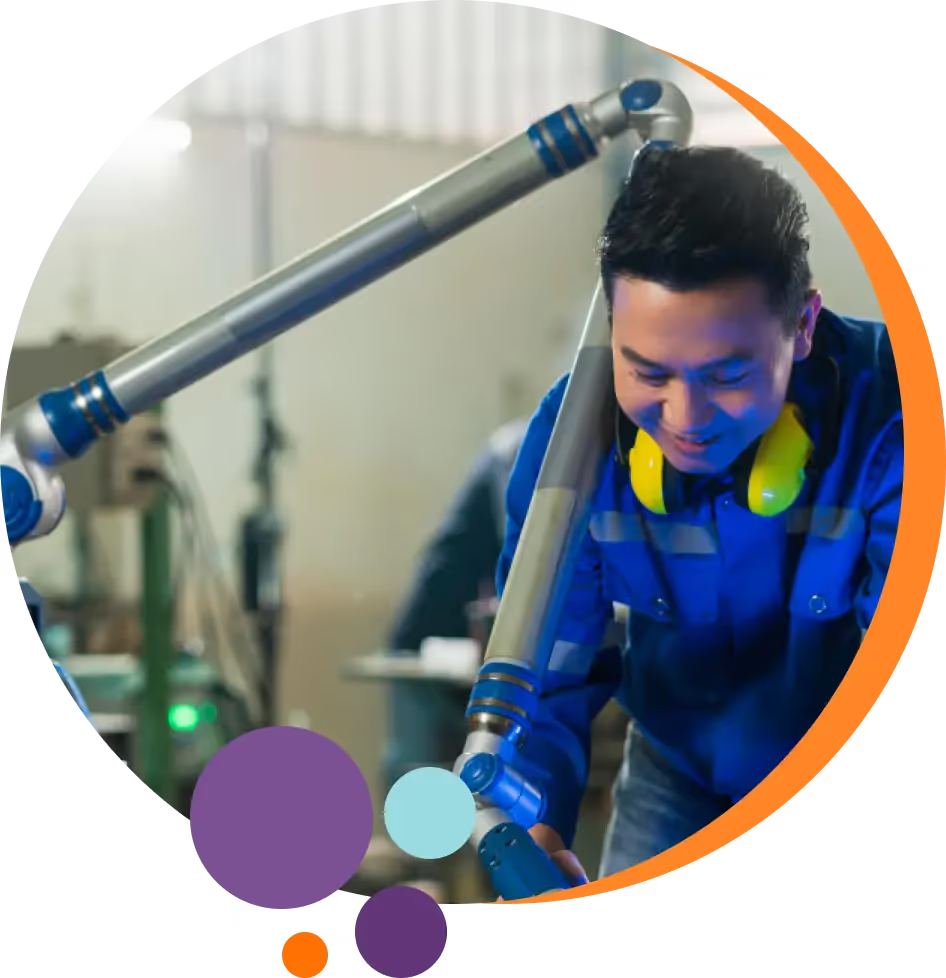Basic Hand Tools
Basic hand tools are the foundation of a maintenance technician’s toolkit. They are essential for performing various tasks, from simple fixes to more complex repairs. Each tool has a specific purpose and is designed to make the technician's job easier and more efficient.
Screwdrivers
Types: Flat-head, Phillips, Torx
Importance: Screwdrivers are indispensable for maintenance tasks. They are used to remove and install screws in various parts of equipment, such as covers and panels. The different types of screwdrivers, like flat-head, Phillips, and Torx, cater to different screw designs and ensure technicians can handle any type of screw they encounter. To give an idea of just how important and widely used this tool is, the automatic screwdriver market size was valued at $1.3 Billion in 2023.
Pliers
Types: Long-nose, diagonal, locking.
Importance: Pliers are versatile tools for gripping, cutting, and twisting wires and cables. Long-nose pliers are perfect for reaching tight spaces, while diagonal pliers are ideal for cutting, locking, and getting a strong grip on objects. Most technicians use pliers daily, making it essential to choose one that is made of durable materials and has a comfortable grip.
Adjustable Wrench
An adjustable wrench, also known as a crescent wrench, has a movable jaw that can be adjusted to fit different sizes of nuts and bolts.
Importance: This tool is highly versatile and can be used in various repair and maintenance scenarios. Its ability to adjust to multiple sizes of nuts and bolts makes it a must-have for any maintenance technician.
Allen Wrench Set
Allen wrenches, also known as hex keys, are tools used to turn bolts and screws with hexagonal sockets.
Importance: These wrenches are crucial for tightening and loosening bolts in tight spaces. Their compact size and design allow technicians to work in areas where other tools might not fit.
Hammer
Importance: A hammer is a basic yet essential tool for driving nails and performing minor demolition tasks. It’s often one of the first tools a technician reaches for in various repair and maintenance activities.
.webp)
Advanced Tools
Advanced tools are essential for maintenance technicians to perform more complex tasks efficiently and accurately. These tools go beyond basic repairs and are crucial for diagnosing issues, performing detailed inspections, and preventing equipment failures.
Multimeter
A multimeter measures electrical voltage, current, and resistance. It's a vital tool for troubleshooting electrical issues.
Importance: Multimeters are essential for diagnosing electrical problems from simple wiring issues to complex circuit faults. They help technicians ensure electrical systems are functioning correctly and safely.
A good multimeter can save maintenance techs money and, at the extreme, even their lives.
Infrared Camera
An infrared camera is a non-invasive inspection tool that detects infrared radiation and allows technicians to see temperature variations in equipment.
Importance: Infrared cameras are crucial for identifying problems without direct contact. They help technicians detect overheating components, electrical faults, and insulation issues and prevent potential failures and safety hazards.
These cameras are particularly useful in dealing with electrical inspections, HVAC systems, and mechanical equipment.
.webp)
Water Leak Detectors
Water leak detectors use infrared sensors, acoustic sensors, and thermal imaging to detect leaks.
Importance: Preventing significant water damage is critical in many maintenance scenarios. Water leak detectors help identify leaks early and enable prompt repairs with minimal damage.
These detectors are essential in both residential and commercial properties. They ensure the integrity of plumbing systems and prevent costly repairs due to water damage.
Vibration Monitoring Tools
Vibration monitoring tools measure equipment vibration, predict maintenance needs, and prevent mechanical failures.
Importance: Vibration monitoring is crucial for maintaining the health of mechanical equipment. Technicians can identify potential issues before they lead to equipment failure by detecting abnormal vibrations.
Vibration monitoring can bring maintenance costs down by 50%, as it allows for predictive maintenance and timely interventions.
These tools are widely used in industrial settings where machinery failure can lead to significant downtime and financial loss.
Thermal Imaging Tools
Thermal imaging tools like cameras show temperature variations and help identify equipment wear and tear.
Importance: Early detection of issues in equipment is vital for preventing significant failures. Thermal imaging cameras help technicians spot problems such as overheating components, poor insulation, and electrical faults.
They are used to visually represent potential issues in various maintenance tasks, including electrical inspections, mechanical systems, and building diagnostics. The best thermal imaging cameras are known for their accuracy and reliability in maintenance applications.
Power Tools
A power tool is any tool that does not rely solely on human effort but uses an external source of energy, usually electricity or compressed air. They enable maintenance technicians to perform tasks more precisely and efficiently. Maintenance technicians use power tools for a wide range of activities, from drilling and driving screws to tightening and loosening bolts.
Cordless Drill
A cordless drill is a versatile tool used for drilling holes and driving screws. It operates on battery power, making it highly portable and convenient for various tasks.
Importance: Cordless drills are invaluable tools for maintenance technicians because they are flexible and easy to use. Their cordless nature allows technicians to work in areas without easy access to power outlets for improved efficiency and productivity.
Cordless drills are used in numerous maintenance tasks, including assembling and disassembling equipment, installing fixtures, and performing repairs in hard-to-reach areas.
.webp)
Impact Driver
An impact driver is a power tool that provides extra torque for driving screws and bolts.
Importance: Impact drivers are essential for heavy-duty jobs that require more force than a standard drill can provide. They are handy for driving large screws and bolts into tough materials like metal and hardwood.
Impact drivers are commonly used in construction and maintenance tasks that involve fastening screws and bolts securely. They are ideal for assembling machinery, building structures, and performing major repairs.


.webp)


















.webp)
.webp)


